Migrating Your On-Premises Infrastructure To Azure: What You Need To Know?
4.9 out of 5 based on 17836 votesLast updated on 18th Sep 2025 25.8K Views
- Bookmark

Azure provides a package of highly specialised services to simplify and help throughout all stages of cloud migration. Whether it's migration of servers.

Introduction:
Azure Migrate provides a centralised migration hub to assess, plan and migrate your on-premise infrastructure, including servers, applications, databases and virtual desktops, as well as large datasets, in Microsoft Azure. It enables a virtual migration surface by which you can identify, evaluate, plan and monitor your migration to Azure, completely. Within Azure Migrate, there are tools like Server Assessment and Server Migration, and they can be used together with ISV migration solutions.
Assessment and Migration Capabilities:
- Servers: Evaluate on-premises physical or virtual servers and migrate to an Azure VM or Azure VMware Solution (AVS).
- Databases: Evaluate database workloads and port to an Azure SQL Database or SQL Managed Instance.
- Web apps: Migrate websites and backends to Azure App Service, e.g., by using App Service Migration Assistant.
- Virtual desktops: Move VDI to Azure virtual desktop.
- Data: Convey large quantities of data utilizing Azure Data Box or alternative data-migration products.
Note: Boost your career with Microsoft Azure Training in Noida at Croma Campus. Gain hands-on experience, expert guidance, and industry-relevant skills to excel in cloud computing. Enroll now for real-time projects and certification support.
5R Cloud Rationalisation:
Azure 5R allows making the right choices about the best approach to handle any workload when migrating to Azure:
- Rehost (Lift-and-Shift): relocate workloads with limited or no alterations.
- Refactor: Reapplications to employ certain cloud-native advantages.
- Re-architect: re-construct the architecture by ensuring it is more scalable, resilient, and cloud-native.
- Rebuild: Re-develop the software in brand-new code and with cloud-based all-the-way designs.
- Renew: Replace old applications with SaaS applications doing the same business task.
Benefits of Azure Migrate:
With the help of Azure Migrate, the migration experience becomes not only easier but also opens the way to a new range of extensive operational and financial benefits. It enables modernisation by organisations of their infrastructure, with high levels of efficiency and security, as efficient scalability is emphasised, as well as reduced expenses related to using infrastructure. Therefore, Azure Training can be a very beneficial choice for your future. The resulting relocation of Azure using Azure Migrate has a number of strategic advantages:
- Increased Scalability: Azure allows auto-scaling, and it can manage any change in workload easily.
- Greater Resilience: Locate VMs in multiple availability zones to provide greater resilience.
- Flexibility of Deployment: The cloud architecture responds fast to the changing business requirements.
- Good Backup Storage: Enjoy Azure's secure and cost-effective storage features for disaster recovery and backups.
- Cost Savings: More total cost of ownership savings by optimal use of resources, less hardware expense, and streamlined operations.
Azure Cloud Migration Strategy:
To ensure a smooth and successful Azure migration, follow a structured 7‑step strategy:
Discovery & Assessment:
- December 2018 CI/Firewall Identify all on-premises servers, applications and databases.
- Determine the readiness to move workload (e.g. compatibility, licensing, dependencies).
- Minimize expenses and difficulty.
- List the document dependencies and infrastructure.
Migration Planning:
- Established objectives and priorities (e.g. performance baseline, downtimes windows).
- Choose the right migration strategy among 5R.
- Distribute time and cost.
- Identify risks, mitigation strategies and stakeholders.
Prepare:
- Make sure workloads can run on Azure.
- Set up Azure landing zones (VNets, subscriptions, security policies).
- Test network connectivity and pre-migration testing.
Migration Execution:
- Implement the strategy either with Azure Migrate or Azure Site Recovery (ASR).
- Observe migration status in real time and fix problems instantly.
- Confirm the functionality of the workloads that have been migrated.
Validation & Testing:
- Do lots of testing on a staging/pilot environment.
- Confirm the applications' working, performance, and compliance settings.
- Record the findings and make necessary adjustments in the processes of migration.
Post-Migration Optimization:
- Optimize VM sizes, Azure service plans and resource quotas.
- Use Azure-native services (Azure Functions, Managed Databases, etc.), to save costs and make performance better.
- Adopt such automation and scaling best practices.
Post-Migration Management:
- Implement monitoring through monitoring of Azure, Cost Management, and Security Center.
- Educate IT and DevOps about working in Azure.
- securely decommission legacy on-premises infrastructure.
- Document architecture, control and revised playbooks of operations.
Note: Boost your cloud skills with Microsoft Azure Training in Gurgaon at Croma Campus. Get hands-on experience, expert mentorship, and industry-recognized certification to advance your IT career.
Azure Services for Migration:
Azure provides a package of highly specialised services to simplify and help throughout all stages of cloud migration. Whether it's migration of servers, databases, or a whole workload, these tools allow the move to Azure to be secure, efficient, and with minimal downtime. Various services complement differing scenarios of migration that are offered by Azure:
- Azure Migrate: A central point of the discovery, assessment and migration of servers, applications, databases, and workloads.
- Azure Site Recovery (ASR): Given that disaster recovery and migration are its applications, the tool allows failover of on-prem workloads to Azure in order to reduce downtime.
- Azure Database Migration Service (DMS): A full-blown database (SQL Server, MySQL, PostgreSQL, Oracle, MongoDB) migration service that journeys with the least downtime.
- Azure Resource Mover: It is a tool used to relocate resources across Azure regions and subscriptions to enable region optimization and disaster recovery planning.
Types of Migration:
- On-Premises to Azure: Migrate workloads, applications, servers, and databases that refer to the local infrastructure to use Azure Migrate and ASR.
- Other Cloud to Azure Migration: Migrate workloads on AWS, GCP, or other clouds to Azure-You can use Azure Migrate to discover and migrate cross-cloud workloads.
- Migration to a Region: Move workloads cross-regional to optimise latencies, reduce costs, or meet regulatory requirements with Resource Mover.
Common Migration Challenges:
Although making a migration to Azure is full of advantages, the process can be filled with challenges. Technical complexities, but also organisational readiness, are only two challenges that should be comprehended as early as possible in order to reduce risks and to secure the transition. Numerous institutes provide Microsoft Azure Certification courses that can help you tackle these migration challenges. Many times, when going through the migration to the cloud, there are various obstacles to overcome:
- Mod cons problems: Old programs might require refactoring or new ones.
- The complexity of data transfer: Switching large amounts of data with confidence and security.
- Downtime reduction: Ensuring business continuity during cutover.
- Security and compliance: Governing policy or regulatory compliance of Azure deployments.
- Cost management: Oversight and optimisation of the cloud expenditures after moving.
- Skills gap: Training the teams to use tools and processes on Azure.
- Legacy dependencies: Managing near-coupled systems or legacy designs.
- Change management: Assisting stakeholders to be attuned to cloud workflows.
- Resource scaling decisions: Scale the VMs and services appropriately to not be over‑ or under‑provisioned.
Note: Boost your cloud career with Microsoft Azure Training in Delhi at Croma Campus. Learn from industry experts through hands-on sessions, real-world projects, and certification-focused guidance. Enroll today and master Azure!
You May Also Read This Blog Posts:
Microsoft Azure Certification Cost
Microsoft Azure Interview Questions
How To Use Azure Logic Apps To Automate Your Business Workflows?
Best Practices for Migration:
The process of getting a successful migration to the cloud is not only about the lift-and-shift movement of workloads but also an efficient, secure movement with long-term scalability considerations in mind. Working according to the best practices will guarantee efficient transitions, less disruption, and efficient performance of the cloud. Gaining relevant credentials like AZ 104 Certification ensures that you are capable of using the best practices for migration.
- Plan well: Begin with a properly documented migration plan with inventory, strategy and timeframe.
- Choose the right 5R strategy: Depending on cost and business requirement, adjust every workload to lift‑and‑shift, refactor, etc.
- Prioritise the use of Azure-native tools: Rest when a solution is available; use Azure Migrate, ASR, Resource Mover, and DMS.
- Confirm the procedure: Conduct test migrations, pilot runs before going into production cutover.
- Track the migration: Leverage the monitoring services of Azure during the migration to identify and fix the problems on the fly.
- Refine always: Adjust resources after migration, which makes them performant and cost-effective.
- Train teams: Train operations, DevOps, and support teams so that they are comfortable with Azure tooling.
- Write it down: document the system and maintain the clear governance, runbooks and post-migration architecture documentation.
Related Courses:
Conclusion:
The process of moving your on‑premises infrastructure to the cloud is long and complex and requires careful planning, evaluation, and implementation. With the help of Azure Migrate and other related services, organizations are able to analyse the workload, select proper approaches with the 5R framework, and effectively migrate servers, databases, and applications. Despite the issues of compatibility, downtime, and the ability to control cost, adequate preparation and the best practice adoption reduce the risks. As long as there is ongoing optimization and monitoring, it is possible to migrate to Azure and unlock scalability, resilience, and digital agility, empowering your organization to achieve the benefits of cloud innovation in full.
Subscribe For Free Demo
Free Demo for Corporate & Online Trainings.
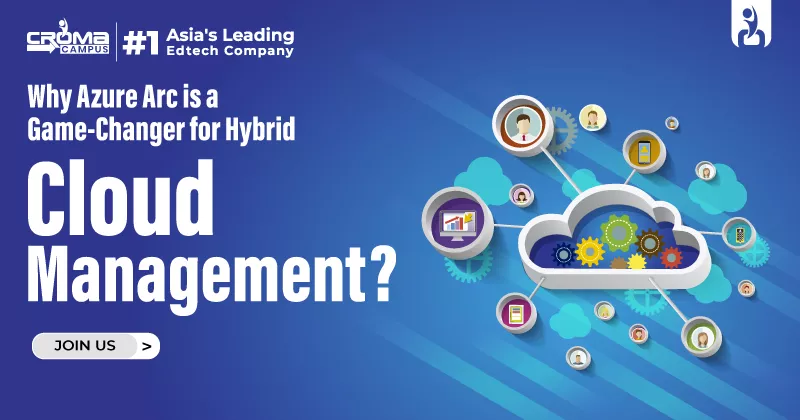





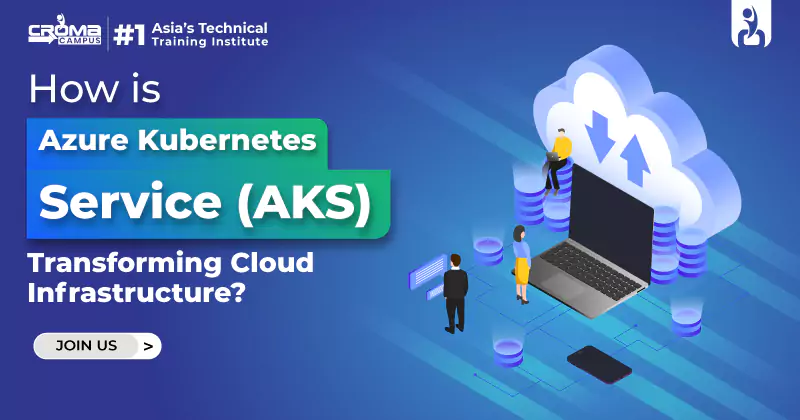
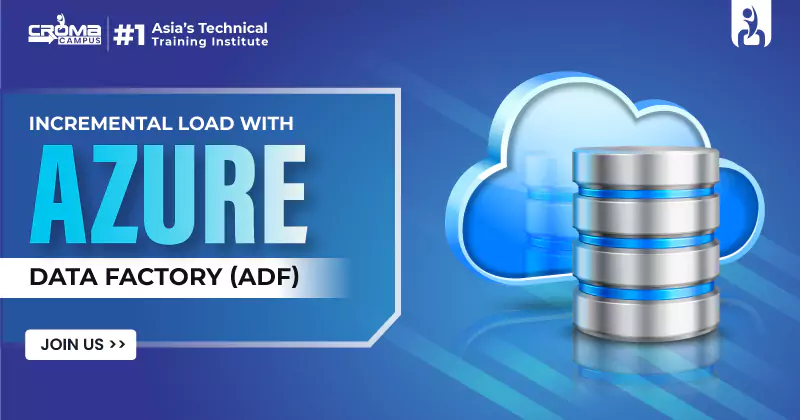

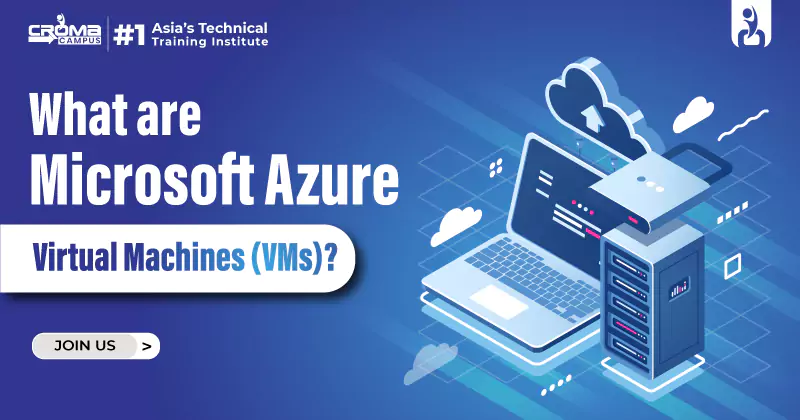

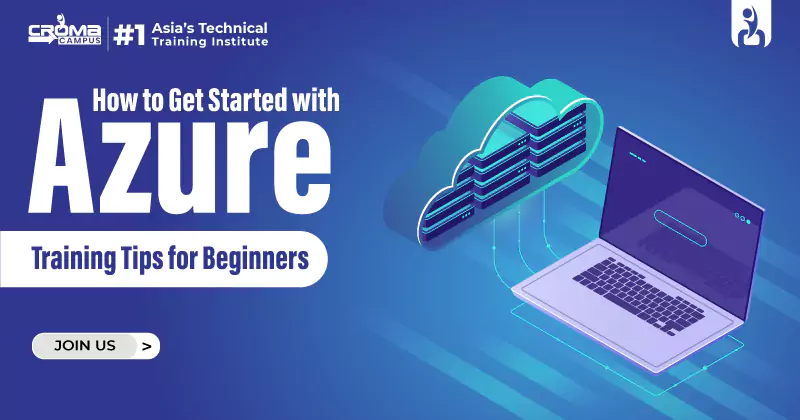













.webp)

.png)















